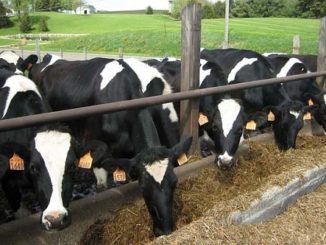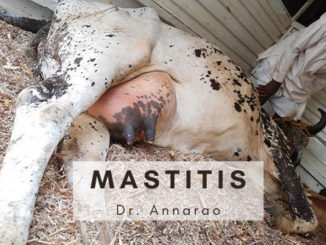With an ongoing debate about the nutritional value and effects of A1 and A2 milk, a bunch of companies has laid out some research findings and studies concluding with the harm induced by A1 milk while enumerating the benefits of A2 milk. Casein dominates a large part (80%) of the total protein content in milk. The milk is made up of several kinds of casein of which, beta casein is the most common. A1 beta casein is found in cows originating in the US, New Zealand, Australia, and Northern Europe, while A2 beta casein appears in the milk produced by traditional cows found in India and Africa.
Here, we answer some frequently asked questions and dispel the myths that have over the time been linked with each kind of milk.
What is A2 milk?
- Cow’s milk is an excellent source of protein, whey, and casein, wherein, casein is composed of different variants namely: A1 and A2 beta-casein. The genetic structure of the cow governs the composition of the milk regarding these beta caseins.
- In the US, mostly all the cows produce milk containing both A1 and A2 beta caseins. However, some breeds of cows produce milk with only A2 beta casein present in it. This milk is called A2 milk.
What are the claims/health risks associated with A1 milk?
- The reports made by exponents claim that the A1 milk protein produces Beta-Casomorphin-7 (BCM7) that triggers adverse health effects like Type 1 diabetes, Ischemic heart disease, autism, and digestive & inflammatory disorders in humans. Also, few theories suggest that the consumption of A1 milk may cause lactose intolerance and allergies in humans, and A2 milk can help cure the same.
- However, some scientific communities gainsay these evidence as inconclusive, and state that there is no link between BCM7 and the mentioned non-communicable diseases-as declared by the research conducted by the European Food Safety Authority (EFSA).
- The lack of facts and convincing reports has compelled the researchers to perform specific studies on the relation between the gastronomical effects of BCM7/A1 milk and human health.
- Despite the availability of indisputable facts, several big companies have begun selling the A2 milk commercially by promoting and influencing the consumer market of its benefits.
What is the status of milk-producing cattle in India?
- The Indian cattle-native cow and buffalo breeds-produce A2 milk that is preferably safe for consumption. The A1 and A2 status of milk in animals are determined by the two allelomorphs of the beta-casein gene: A1 and A2.
- The animals may either by homozygous (A1A1 or A2A2) or heterozygous (A1A2) for one type of milk protein: A1A1 animals produce only A1 milk, A2A2 animals produce A2 milk, and A1A2 animals produce milk with both A1 and A2 beta caseins.
- According to a study conducted on 22 native Indian cattle breeds by National Bureau of Animal Genetic Resources (NBAGR), Karnal, the predominant genotype in Indian milch animals is A2A2, confirming they produce A2 milk.
What is the best milk type that can be consumed by the Indian populace?
- With the deficiency of scientific facts associated with the ill effects of BCM7/A1 milk on humans and the prevalence of A2-milk-producing cattle in India, there’s visibly no need for the consumers to switch the kind of milk they’ve been consuming all these years.
- Plus, there are specific symptoms of digestive disorder allied with lactose intolerance wherein, a person is unable to digest lactose owing to the deficiency of lactase-an enzyme produced by the small intestine in humans essential to the complete digestion of whole milk. However, lactose is present in both A1 and A2 milk so the consumers must know that switching to A2 milk will not help them tackle lactose intolerance.
- Recently, dairy giants in India have begun offering A2 milk to the consumers at a premium rate, and with the rising awareness of A1/A2 milk, they’re also willing to shell out more money for high quality and safe milk.
Want to test the value of fat in the milk you drink? Check out our milk testing machines Fatomatic and Milk Analyzer to know more.
Article Source: https://EzineArticles.com/expert/Ritesh_Sutaria/2406840
Article Source: http://EzineArticles.com/9945352






1 Trackback / Pingback